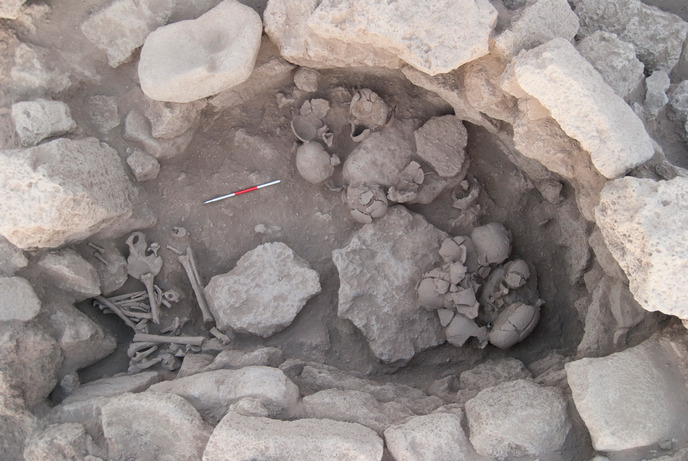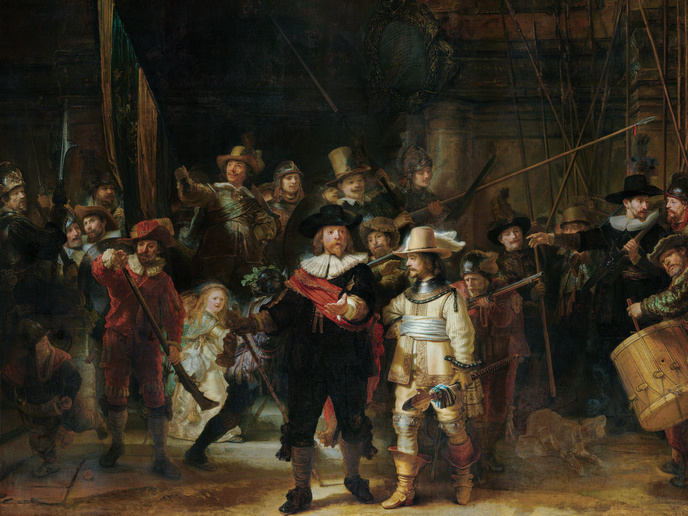Study of ancient glass provides a window into the past
Glassmaking dates back thousands of years. It has been used for both functional and artistic purposes and has been employed by numerous civilisations. This means that distribution patterns of glass can be used as a kind of barometer of long-distance exchange and technological sophistication. “The period between the 7th and 12th centuries was pivotal in the history of glassmaking,” explains GlassRoutes project coordinator Nadine Schibille, researcher at the National Centre for Scientific Research (CNRS) in France. “During this time, autonomous regional glass industries emerged in both the Islamic world as well as western Europe.” These new autonomous systems replaced the centralised production model established during the Roman Empire. Studying their emergence could help to reveal some of the mechanisms and motivations that drove technological innovation and transfer, as well as cultural and economic exchange in the medieval Mediterranean.
Significance of glass
This was the objective of the GlassRoutes project, supported by the European Research Council. Schibille’s starting point was the Arab conquest of the Middle East, northern Africa and the Iberian Peninsula in the 7th century. Key issues to be addressed included how glass production diversified, as well as better understanding of the aesthetic significance of glass. “In simple terms, why were mosaic decorations that could be considered a quintessentially Byzantine art adopted in the early Umayyad caliphate for the embellishment of some of the most important monumental mosques such as the Great Umayyad Mosques in Damascus and Cordoba?” she asks. The project encompassed extensive compositional analyses of glass collections. Examples were sourced from well-dated archaeological contexts across different geographical regions. These enabled Schibille and her team to build a large database of reliable chemical data, from which distribution patterns of specific glass production groups could be gleaned.
Regional centres of industry
From this painstaking work, impressive results were obtained. Schibille was able to trace the establishment of primary glass production in the Iberian Peninsula to an early Islamic glass assemblage in a suburb of Cordoba, in the late 8th or early 9th century CE. An autonomous Iberian glass industry subsequently developed. “Similarly, we identified a likely Sicilian primary production as early as the 10th century CE,” she says. “This indicates that the development of regional glassmaking centres in the western Mediterranean was intimately linked to the processes of Islamisation.” A study of the mosaic decoration of the Great Umayyad Mosque in Cordoba furthermore confirmed cross-cultural exchange with the Byzantine Empire in the 10th century. The project findings have helped to confirm that geopolitical dynamics influenced the adoption of new glassmaking recipes, either directly through immediate contact (in Mesopotamia), or indirectly through geographical and political isolation and resulting shortages (in the Iberian Peninsula). They also show how market forces influenced the flow of resources and the transformation of regional glass industries. When commercial activities were concentrated in Damascus in the late 7th and early 8th century for example, large amounts of Egyptian glass were imported for the first time to this region. Similarly, the foundation of caliphal residences in Greater Syria and Mesopotamia led to the intensification of local industrial activities. “What my project has really shown is the extent to which the medieval Islamic Mediterranean was a globalised system of economic and cultural exchange,” adds Schibille. “My next step will be to focus on regions such as the Maghreb, which have so far been overlooked.”
Keywords
GlassRoutes, glass, medieval, cultural, Arab, Byzantine, Islamisation, Iberian, Umayyad







